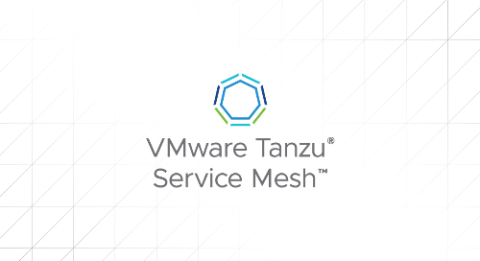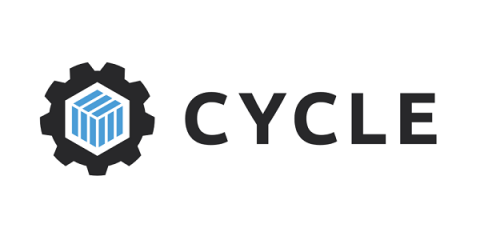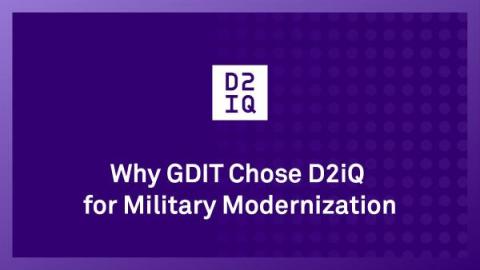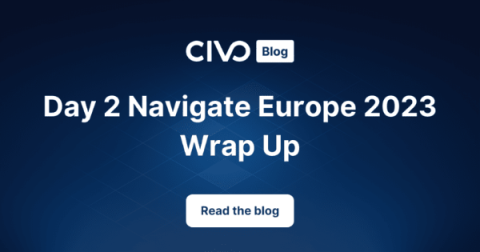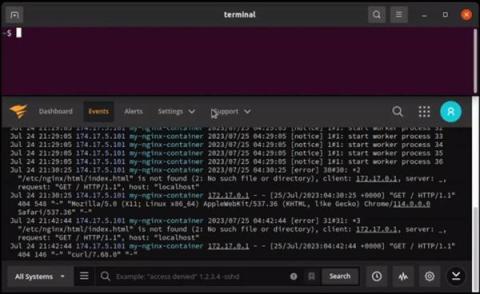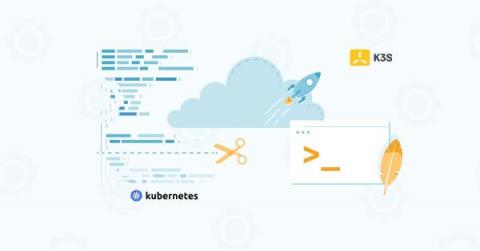VMware Tanzu Service Mesh Named a Leader in 2023 GigaOm Radar Report on Service Mesh
GigaOm has once again placed VMware Tanzu Service Mesh within the leader ring of its Radar Report on Service Mesh. This year Tanzu Service Mesh has been upgraded to the Outperformer label, moving closer to the center and marking its heightened recognition as an industry leader. This is not only a testament to our robust enterprise capabilities and broad support for various application platforms, public clouds, and runtime environments, but also a validation of our strategic approach.


